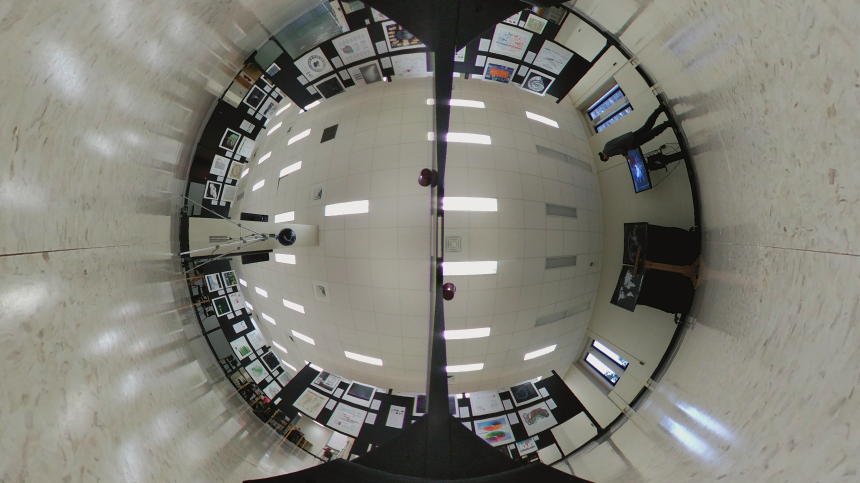Places & Spaces | Seeing Beyond the Book
For decades textbooks have defined the way we teach. Assigning readings and questions chapter by chapter has become so rote that even the teachers must be becoming bored. When meaningless lectures repeat material that can be found in the book, students (understandably) stop going to class. They lose interest and they fall behind. It is not that I have anything against textbooks or books in general, in fact I have enormous respect for the time, discipline and knowledge that goes into aggregating expertise in a given field and presenting it effectively in a couple hundred pages. My issue is with “teaching by the book” and teachers fooling themselves into thinking that, even before the digital age, this was an effective means for “information transfer” (Robert Talbert alludes to this in his post). This pedagogical strategy cannot possibly keep up with the eruption of new information that has come with the internet. There are now too many dynamic connections and ideas hidden between the lines for educators to cling to the static chapters in a text.
Here on campus we have some amazing resources, and among them Newman Library may be the most impressive. Of the 2 million volumes now available across the various branches there is certainly something there for every motivated learner. The problem is that not every learner is motivated enough to go out and find the right resource. And even the most motivated among us might not have the time or the energy to trace the connections between resources. I wrote this post in Newman and as I was walking through the stacks searching for inspiration I noticed myself looking at my cell phone more often than at the bindings of the books. Even in the education section I found nothing of interest. It wasn’t until I saw past the stacks and stumbled upon a more modern means of information transfer that I finally found what I was looking for.

The Places & Spaces exhibit in Newman Library is an amazing example of interactive, imaginative learning. Geophysical and temporal mapping and data visualization literally help you transcend space and time and trace connections between diverse ideas and trends. There are macroscopes (defined by the curating organization as “software tools that help us focus on patterns in the data that are too large or complex to see with the naked eye”) that trace the history of science and the language patterns that have evolved in global academic research across millennia. They are interactive and turn the learning experience into an inquisitive game, just like Douglas Thomas and John Seely Brown advocate in A New Culture of Learning. Other visualizations delve deeply into the connections in the human brain, the sequenced genomes of 191 species, and the evolution and structure of science itself. They range from purely analytical to abstractly creative and aesthetic- catering to many different styles of learning and capturing the attention of visitors interested in vastly different things.
Books are no longer nearly enough to engage the imagination of digital learners. We need to visualize the incredible connections enabled in a networked world and present them in ways that are not just digestible but also inspirational for students of our technological age. If you have not yet checked out the Places & Spaces exhibit in Newman Library, I would strongly recommend you do so. Walk right through the stacks and find something a bit more awe-inspiring on the other side. It is an amazing example of how modern educators can stop teaching by the book and instead start using new tools and technologies to help students see beyond the book.







